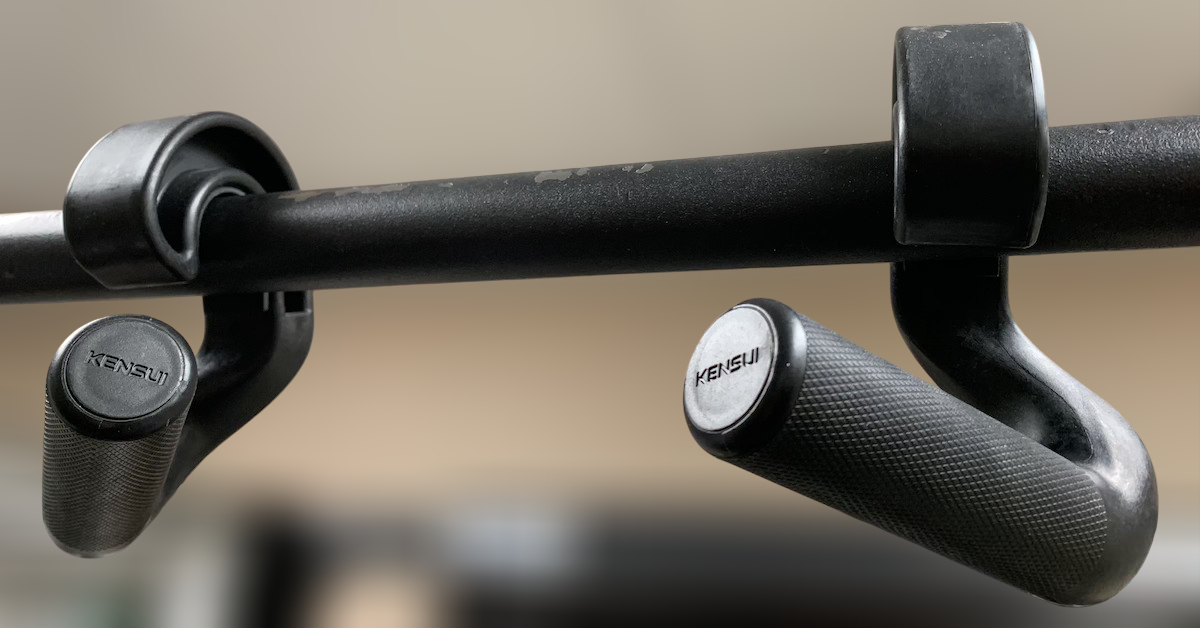The classic model of fatigue focused entirely on the body: muscle depletion, lactic acid accumulation, and declining performance. According to this outdated view, the athletes who could push through their “poisoned” muscles were the most successful.
But over time, this peripheral fatigue model has been challenged. After all, muscles always have some reserve capacity.
- Untrained individuals can only recruit about 50% of their active muscle mass during maximal effort (The Elite Trainer, p. 15).
- Competitive lifters lift more in competition than in training.
- Endurance athletes can suddenly summon a second wind at the end of a race—despite their muscles supposedly being “depleted.”
Clearly, something else is at play.
Fatigue Starts in the Brain
What separates the winners from the losers? Mindset. Winners have already won in their mind before the race is over—sometimes before it even begins.
Exercise scientist Timothy Noakes offers a compelling theory in his review article:
“Physiology does not determine who wins. Somewhere in the final section of the race, the brains of the second and lower-placed finishers accept their respective finishing positions and no longer choose to challenge for a higher finish. Once each runner consciously accepts their finishing position, the outcome is decided.”
— Fatigue is a Brain-Derived Emotion That Regulates Exercise Behavior (Full Article)
Fatigue is an Illusion
According to the Central Governor Model (CGM), fatigue is self-generated and unique to each individual. It’s not real—it’s an illusion created by the brain to regulate effort.
- The winner’s brain suppresses these deceptive symptoms, allowing them to push harder.
- The loser’s brain accepts fatigue as real and uses it as a justification to slow down.
- The most successful athlete is the one who doesn’t let their mind interfere with their performance.
Mind Over Matter
The next time you’re grinding out 20 reps with a 10RM on the back squat, don’t let your brain stop you before your body actually gives out.
When your body says “enough,” tell it to keep going. If you truly want that set bad enough, you’ll finish it.
It’s all in your head.

Upgrade Your Pull-Ups with Swissies-SP Handles
Pull-ups are one of the best exercises for building back and arm strength—but not all pull-up bars are created equal.

No Time to Walk After a Meal? Do This Instead!
By now, most people know that getting in daily steps is essential for overall health. In particular, taking a short

Stay Fit on the Fly: No-Excuse Workouts for Travelers
One of the biggest challenges people face when traveling is maintaining their exercise routine. The two most common excuses? Lack
follow
Error: No feed with the ID 2 found.
Please go to the Instagram Feed settings page to create a feed.
